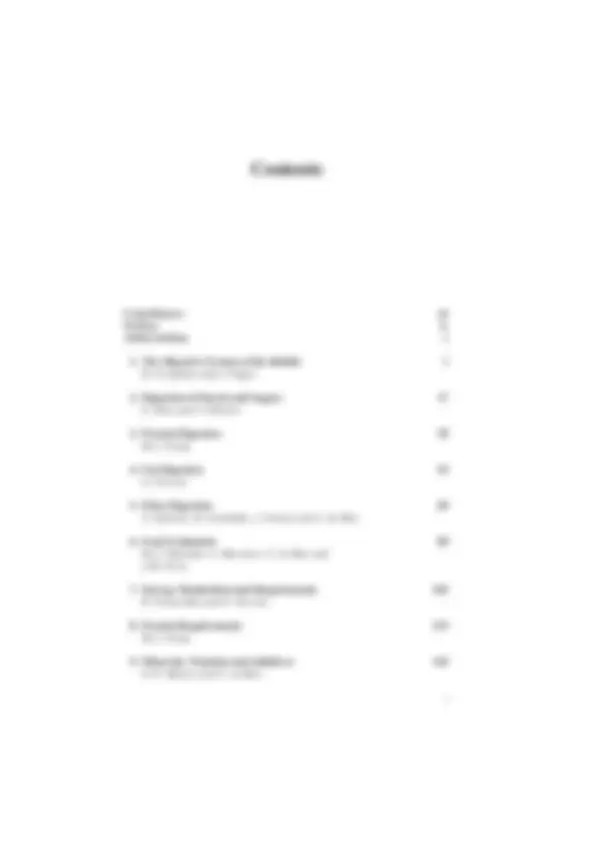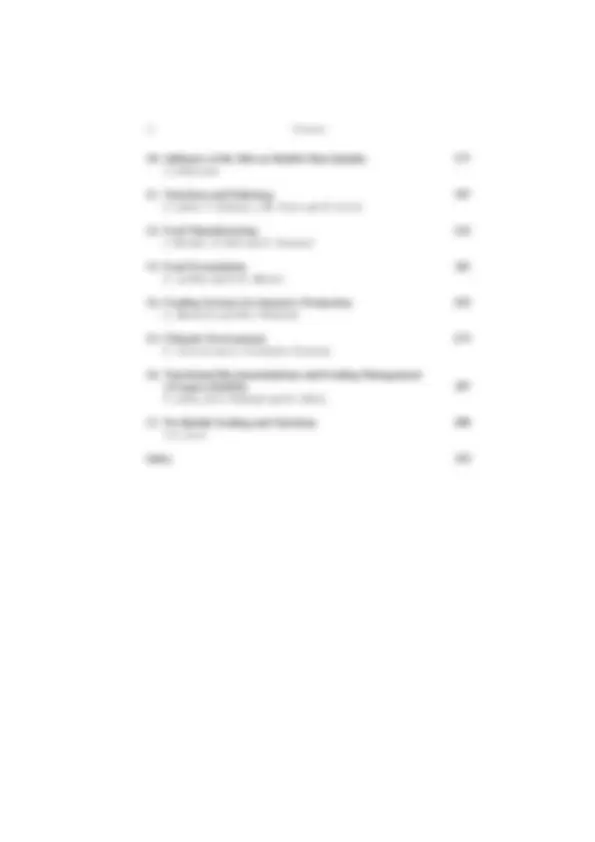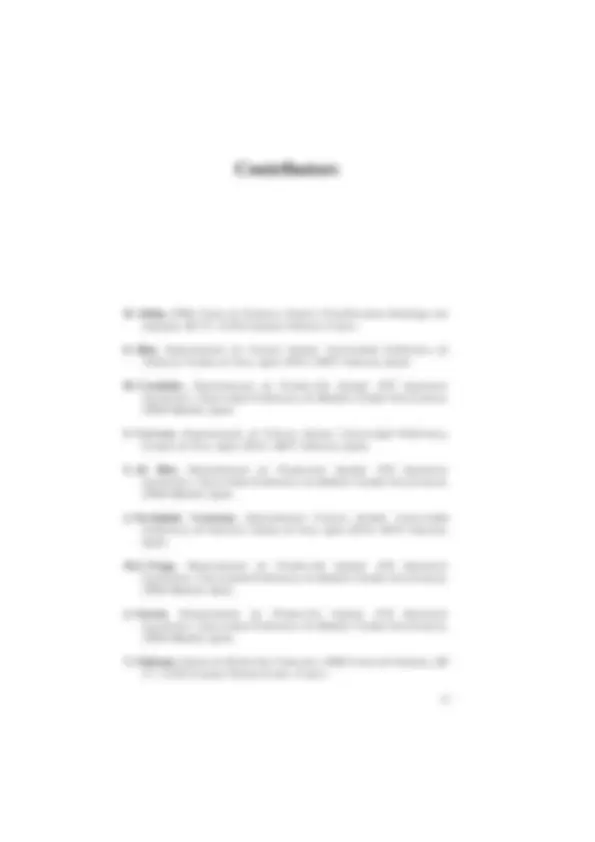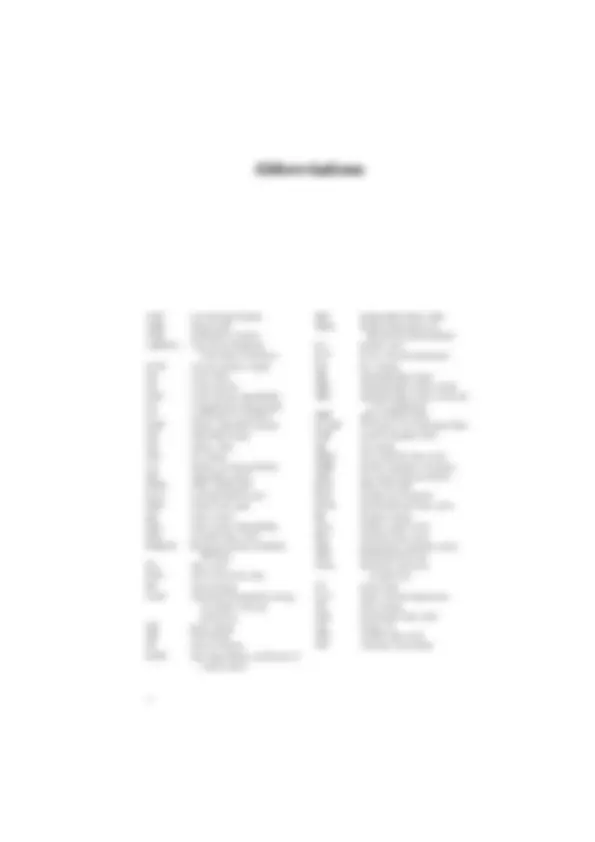






Estude fácil! Tem muito documento disponível na Docsity

Ganhe pontos ajudando outros esrudantes ou compre um plano Premium


Prepare-se para as provas
Estude fácil! Tem muito documento disponível na Docsity
Prepare-se para as provas com trabalhos de outros alunos como você, aqui na Docsity
Os melhores documentos à venda: Trabalhos de alunos formados
Prepare-se com as videoaulas e exercícios resolvidos criados a partir da grade da sua Universidade
Responda perguntas de provas passadas e avalie sua preparação.

Ganhe pontos para baixar
Ganhe pontos ajudando outros esrudantes ou compre um plano Premium
Comunidade
Peça ajuda à comunidade e tire suas dúvidas relacionadas ao estudo
Descubra as melhores universidades em seu país de acordo com os usuários da Docsity
Guias grátis
Baixe gratuitamente nossos guias de estudo, métodos para diminuir a ansiedade, dicas de TCC preparadas pelos professores da Docsity
Livro editado por c. De blas e j. Wiseman sobre a nutrição do coelho, contendo capítulos escritos por especialistas em diferentes áreas da nutrição animal. O livro aborda temas relacionados à fisiologia da nutrição, requisitos nutricionais, valor alimentar e gestão, fabricação de alimentos, interação da nutrição com o meio ambiente, patologia e qualidade da carne. Além disso, os capítulos 16 e 17 se dedicam à nutrição de angora e coelhinhos de estima.
O que você vai aprender
Tipologia: Notas de estudo
1 / 8

Esta página não é visível na pré-visualização
Não perca as partes importantes!





Edited by
Departamento de Producción Animal Universidad Politécnica Madrid, Spain
and
Division of Agriculture and Horticulture University of Nottingham Nottingham, UK
CABI Publishing – a division of CAB INTERNATIONAL
CABI Publishing CABI Publishing CAB INTERNATIONAL 10 E. 40th Street Wallingford Suite 3203 Oxon OX10 8DE New York, NY 10016 UK USA
Tel: +44 (0)1491 832111 Tel: +1 212 481 7018 Fax: +44 (0)1491 833508 Fax: 1 212 686 7993 Email: cabi@cabi.org Email: cabi-nao@cabi.org
©CAB INTERNATIONAL 1998. All rights reserved. No part of this publication may be reproduced in any form or by any means, electronically, mechanically, by photocopying, recording or otherwise, without the prior permission of the copyright owners.
A catalogue record for this book is available from the British Library, London, UK.
Library of Congress Cataloging-in-Publication Data The nutrition of the rabbit / edited by C. de Blas and J. Wiseman. p. cm. Includes bibliographical references and index. ISBN 0–85199–279–X (alk. paper)
ISBN 0 85199 279 X
Typeset in 10pt Times by Solidus (Bristol) Limited Printed and bound in the UK by the University Press, Cambridge
vi Contents
10. Influence of the Diet on Rabbit Meat Quality 177 J. Ouhayoun 11. Nutrition and Pathology 197 F. Lebas, T. Gidenne, J.M. Perez and D. Licois 12. Feed Manufacturing 215 J. Mendez, E. Rial and G. Santomá 13. Feed Formulation 241 C. de Blas and G.G. Mateos 14. Feeding Systems for Intensive Production 255 L. Maertens and M.J. Villamide 15. Climatic Environment 273 C. Cervera and J. Fernández Carmona 16. Nutritional Recommendations and Feeding Management of Angora Rabbits 297 F. Lebas, R.G. Thébault and D. Allain 17. Pet Rabbit Feeding and Nutrition 309 J.A. Lowe
Index 333
vii
Contributors
D. Allain, INRA Centre de Toulouse, Station d’Amélioration Génétique des Animaux, BP 27, 31326 Castanet-Tolosan, France.
E. Blas, Departamento de Ciencia Animal, Universidad Politécnica de Valencia, Camino de Vera, Apdo 22012, 46071 Valencia, Spain.
R. Carabaño, Departamento de Producción Animal, ETS Ingenieros Agronomos, Universidad Politécnica de Madrid, Ciudad Universitaria, 28040 Madrid, Spain.
C. Cervera, Departamento de Ciencia Animal, Universidad Politécnica, Camino de Vera, Apdo 22012, 46071 Valencia, Spain.
C. de Blas, Departamento de Producción Animal, ETS Ingenieros Agronomos, Universidad Politécnica de Madrid, Ciudad Universitaria, 28040 Madrid, Spain.
J. Fernández Carmona, Departamento Ciencia Animal, Universidad Politécnica de Valencia, Camino de Vera, Apdo 22012, 46071 Valencia, Spain.
M.J. Fraga, Departamento de Producción Animal, ETS Ingenieros Agrónomos, Universidad Politécnica de Madrid, Ciudad Universitaria, 28040 Madrid, Spain.
J. García, Departamento de Producción Animal, ETS Ingenieros Agronomos, Universidad Politécnica de Madrid, Ciudad Universitaria, 28040 Madrid, Spain.
T. Gidenne, Station de Recherches Cunicoles, INRA Centre de Toulouse, BP 27, 31326 Castanet-Tolosan Cedex, France.
ix
Preface
In the last 20 years, rabbit production has become an increasingly intensive system, such that productivity is now equivalent to that obtained in other intensively farmed species. The importance of nutrition has increased significantly as feed costs, pathological conditions associated with energy and nutrient deficiencies, and considerations of product quality have become limiting factors to economic output from a unit. The rabbit is unique. It requires a high daily nutrient and energy intake but, because it is a herbivore, it also needs a diet with a high concentration of fibre to ensure optimum performance and, in addition, to minimize the in- cidence of digestive disorders. Diets of rabbits are closer to those of dairy cows than to other intensive meat producers such as pigs or poultry. This means use of a wider range of raw materials (forages, but also those with high concentration of energy and nutrients) and greater complexity in both formulation of optimum diets and the overall feed manufacturing process. Furthermore, the unusual digestive physiology includes several charac- teristics such as the mechanism of particle separation at the ileo-caecal junction and the recycling of soft faeces through caecotrophy, both of which have specific nutritional and pathological implications. The objective of this book has been to update the wealth of scientific information on rabbit feeding and nutrition. The chapters have been written by distinguished research workers from around the world who are recognized specialists in their field. The contents cover the physiological basis of nutrition, nutrient requirements, feeding value and management, feed manu- facturing, interaction of nutrition with environment, pathology and carcass quality. The final two chapters have been devoted to Angora and pet rabbits.
x
ADL acid detergent lignin AFB 1 aflatoxin B 1 ANF antinutritive factors ASESCU Asociacion Española Cunicultura Cientifica CCW caecal contents weight CF crude fibre CP crude protein CPD crude protein digestibility CT computerized tomography CV coefficient of variation DDP dietary digestible protein DE digestible energy DF dietary fibre DM dry matter d.p. degree of polymerization DP digestible protein DWG daily weight gain EAA essential amino acids EBG empty body gain EE ether extract EEd ether extract digestibility EFA essential fatty acids EGRAN European Group on Rabbit Nutrition FA fatty acids FCR feed conversion ratio FE faecal energy GasE intestinal fermentation energy associated with gas production GE gross energy HE heat energy HI heat increment ICPD ileal digestibility coefficient of crude protein
Abbreviations
IDF indigestible dietary fibre INRA Institut Nationale de la Recherche Agronomique LA linoleic acid LCT lower critical temperature LW live weight ME metabolizable energy MEI metabolizable energy intake MEn metabolizable energy corrected to N equilibrium MRT mean retention time N-ADF N bound to acid detergent fibre NDF neutral detergent fibre NE net energy NEFA non-esterified fatty acids NMR nuclear magnetic resonance NSP non-starch polysaccharide PCW plant cell walls PTH parathyroid hormone PUFA polyunsaturated fatty acids RE retained energy SAA sulphur amino acids SFA saturated fatty acids THI temperature–humidity index TNZ thermoneutral zone Tobec total body electrical conductivity TT transit time UCT upper critical temperature UE urine energy UFA unsaturated fatty acids UN urinary N VFA volatile fatty acids VFI voluntary feed intake